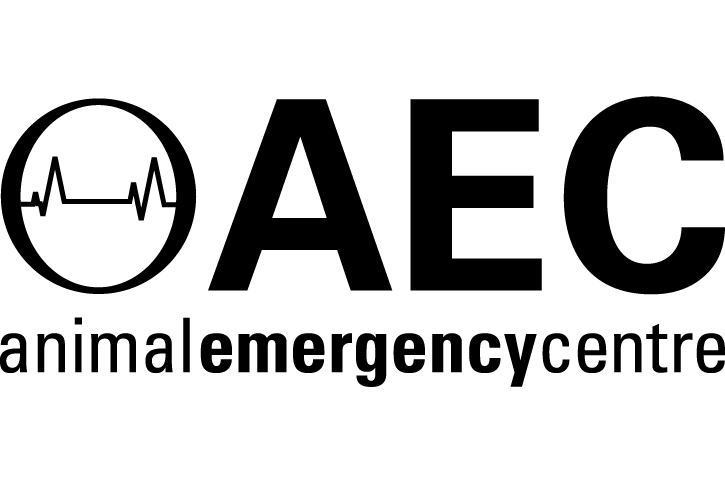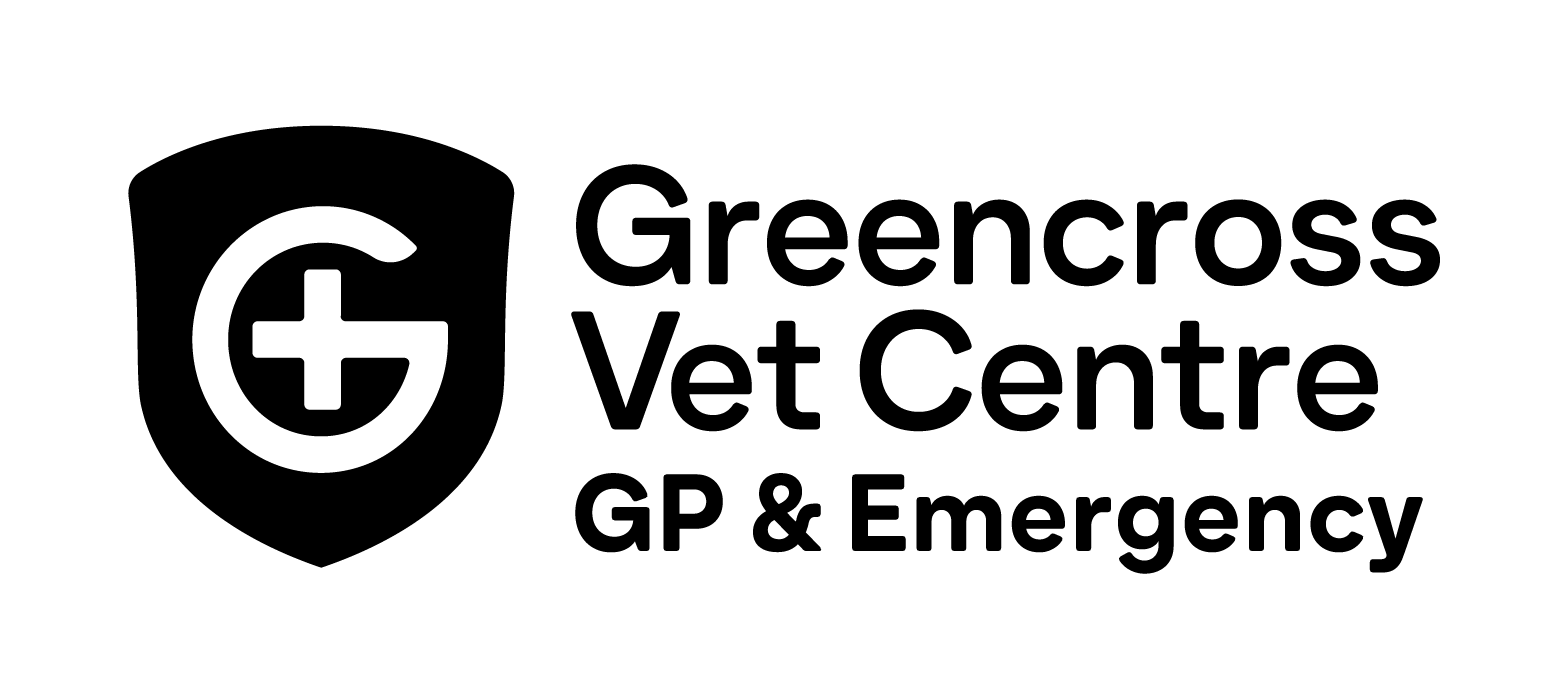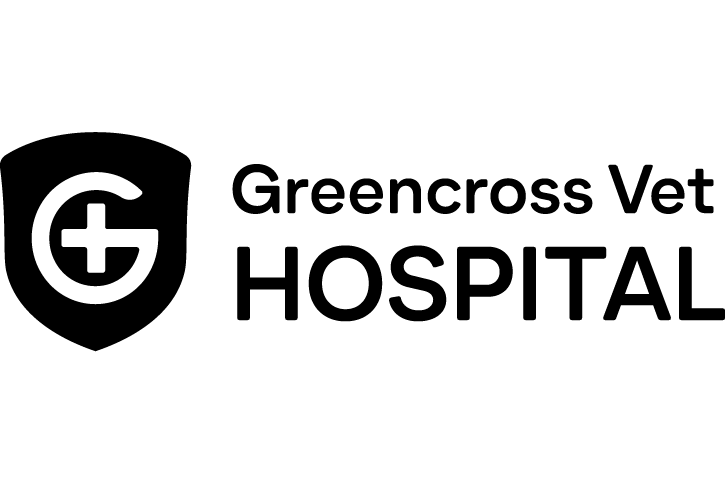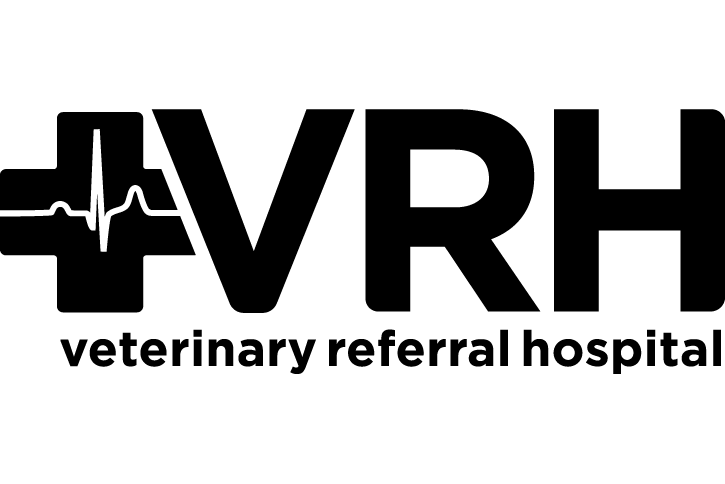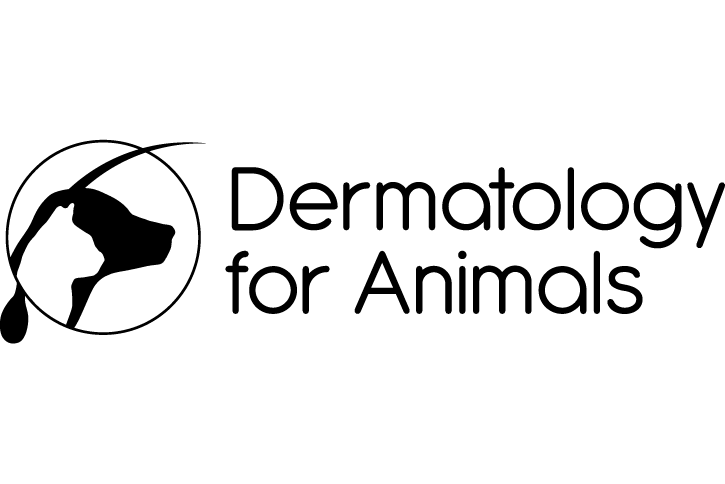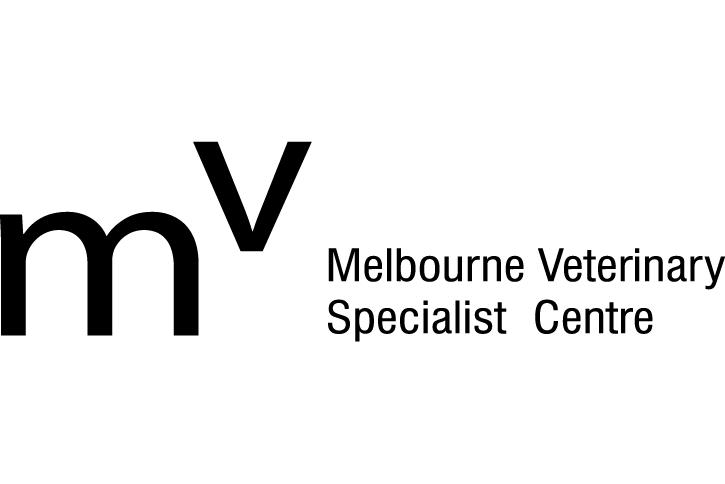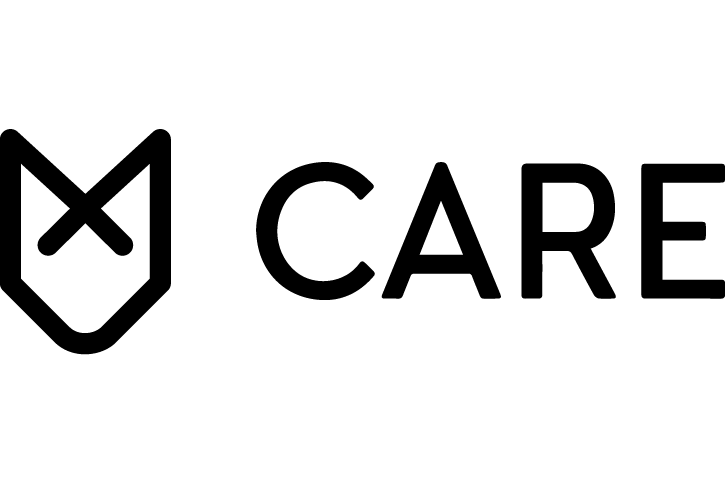I had just amputated Zoidberg’s leg, and the postoperative biopsy said that it wasn’t cancer. The only thing worse than amputating a leg that wasn’t cancer would be amputating the wrong leg in a patient with cancer (which apparently happens with some frequency in human medicine). Zoidberg, an 8 year old female ridgeback, presented to me with a 2 month history of limping on a front leg. X-rays showed a lesion in the humerus which was both destroying bone and making new bone - classic for osteosarcoma. She was of the perfect age and breed and with typical x-ray changes, for osteosarcoma and so I recommended amputation. We had discussed the benefits of a pre-surgical biopsy but I had assured Jason, Zoidberg’s owner, that I was confident with the diagnosis. Most surgeons will operate on dogs with suspected bone cancer without a pre surgical biopsy as long as the radiographic signs and history are consistent. We always warn the owners that the diagnosis may be incorrect, but in over 1,000 patients, it had never happened to me.
I went back and reviewed the x-rays which reaffirmed my initial diagnosis of osteosarcoma. Osteosarcoma is the most common tumour of dog bone. It is very aggressive with most dogs dying of metastasis. Survival with no treatment is less than 3 months. With chemotherapy and removal of the tumour, the average survival time is extended to about 10-12 months. I have treated around 1400 patients with this tumour. Interestingly, it is much less common in humans, although it shares similar biological behaviour in both species. This has resulted in extensive funding for the study of this tumour in dogs because it serves as a great model for the human cancer.
Confident in my initial diagnosis, I requested a second opinion from our pathologist and this again showed that no cancer was present. Histopathology is not an exact science. It is not like a computer where you put a tumour in a slot and a diagnosis comes out on the screen. Diagnoses are subject to interpretation. Jason was angry that we had amputated Zoidberg’s leg, and angry that we had administered unnecessary chemotherapy. He demanded a refund of all expenses. I requested (and paid for) the sample to be sent to one of the world’s best veterinary pathologists in Colorado. Her results finally confirmed the initial diagnosis of osteosarcoma. Simultaneously, another pathologist in Australia also confirmed my diagnosis.
Feeling vindicated, I contacted Jason but he was anything but pleased. In fact, he was quite angry. He felt as if he had gotten the run-around and could not understand how this could have happened. I still couldn’t understand how he could be angry.
When I looked at it logically,
- I had made the correct diagnosis.
- I had explained that histopathology is not an exact science.
- I had contacted him as soon as I found out the biopsy was inconsistent with my initial diagnosis.
- I had then paid for a second opinion which finally confirmed my initial diagnosis.
- I had administered the best treatment available for dogs with osteosarcoma.
When cancer is involved, emotions run high. After some discussion, he calmed down and we focussed on getting the best treatment for Zoidberg. We offered to complete the chemotherapy protocol at cost.
Zoidberg lived another 3 years when she presented again with a mass in the lung. The mass was removed and confirmed to be metastatic osteosarcoma. She died a few months later with another lesion in the tibia. Living more than 3 and one half years, her outcome was amazing and Jason was, in retrospect, very grateful for the care Zoidberg had received from us. Reviewing the emails and medical records for this blog caused my feelings of anxiety to resurface. It is really upsetting when despite our best efforts, things don’t go as planned. I think we, as vets, have huge expectations of ourselves, sometimes with inadequate support. It can be one source of the many mental health issues that we need to address as a profession.
My interest in osteosarcoma had started when I was a research fellow at Colorado State University (CSU). CSU is the world’s leading cancer centre for animals. My wife had started a position at CSU as an assistant professor in Equine Internal Medicine. I arrived in Fort Collins with no job. When I discovered that the highly prestigious Fellowship was available, I started hanging around with the Oncology Service. The only way I could be covered by insurance was if I was made a “Volunteer.” This position is usually reserved for young pre-veterinary students who were trying to get experience and letters of recommendation for vet school. It was not intended for residency-trained surgeons who were trying to get fellowships.
On my first day as a “Volunteer” the head of the cancer centre, Dr. Steve Withrow, asked me to start on a pericardectomy. He would join me in a few minutes. A few minutes turned into an hour and I had literally put in the last stitch when Steve finally arrived.
About half way through the surgery, the door to the OR opened. A nurse was showing around a bright-eyed 18 year old who was a “Volunteer” in the traditional sense, on his first day. When he was introduced, I explained that I was also a “Volunteer”, and this was my first day, too. You should have seen his eyes, seeing me elbow deep in an open chest, holding a beating heart in my hands, perhaps thinking that he would be expected to do the same thing.
.png)

